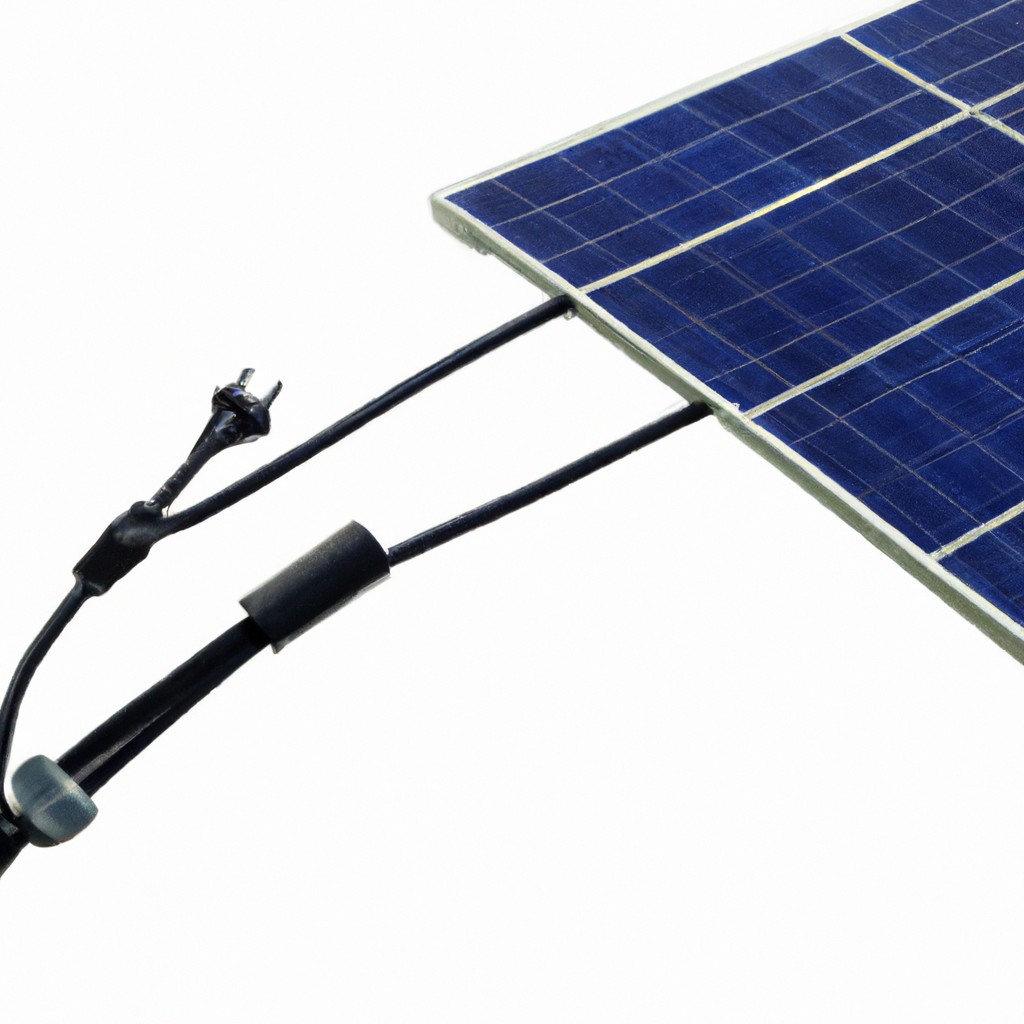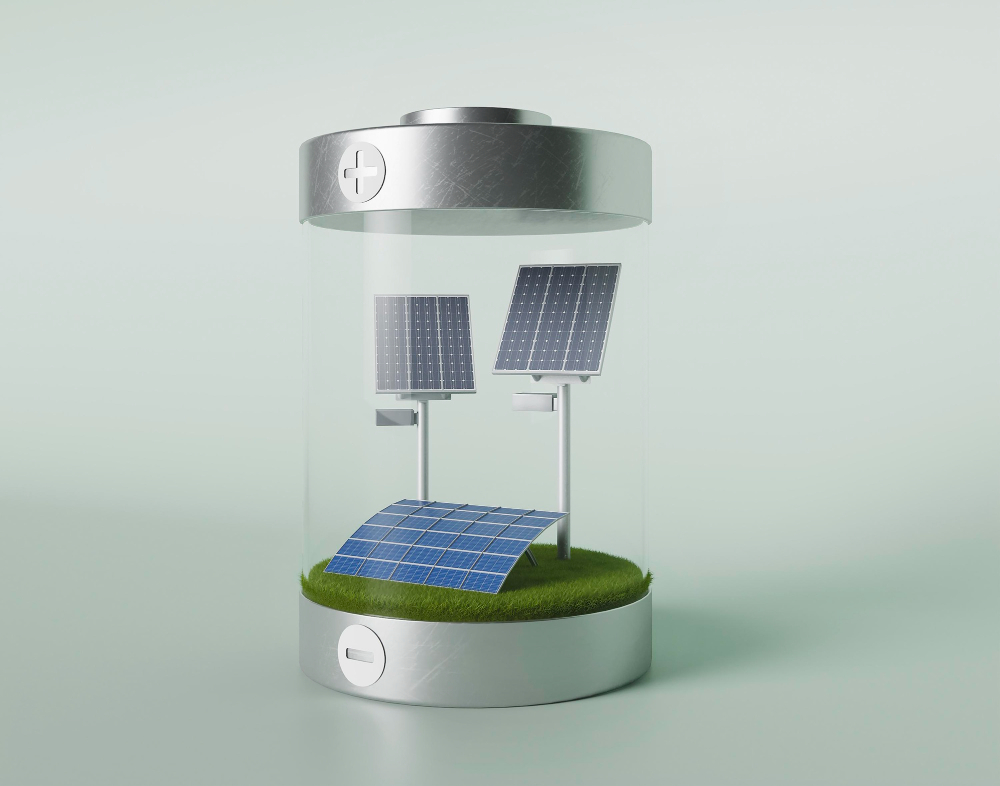In this article, you’ll find out how much it costs to set up a solar farm and what factors influence the price.
Ever wondered what it takes to light up a vast expanse with nothing but the sun? You’re in the right spot! Solar farms don’t grow crops, but they sure harvest sunbeams—cha-ching! From the dirt cost of land to the shiny dollars in government incentives, we’ve got the lowdown.
Want to know the worth of every spark and wire and what keeps this solar show running? Stick around, we’ll even talk financing without making your head spin. Ready to dive into the luminous world of solar farms and their wallet impact? Let’s get sun-struck!
Key takeaways:
- Initial costs vary by land, equipment, and installation.
- Government incentives can significantly lower solar farm expenses.
- Ongoing maintenance ensures optimal solar farm performance.
- Financing options include loans, leases, and PPAs.
- Long-term profits stem from energy sales and incentives.
Initial Costs: Land, Equipment, and Installation

When it comes to setting up a solar farm, the initial outlay can make your wallet break into a nervous sweat.
First off, land acquisition: Think about this as real estate shopping, but with a side of environmental responsibility. Prices vary wildly based on location, so snagging a plot in sunny Arizona might cost less than in a bustling area like California.
Next, we have the stars of the show: solar panels and inverters. Solar panels are like those pricy sunglasses—necessary, but they add up quickly. Inverters, the unsung heroes, convert DC power to AC power. They’re often overlooked but absolutely essential.
Installation is where things get spicy. Labor costs can depend on whether you’re hiring a local pro or some solar-panel-installing ninja. Then, there’s the nitty-gritty stuff: permits, grid connections, and engineering assessments. All crucial, all adding to the tab.
Remember, it’s not just about slapping some panels onto a plot of land. It’s a careful orchestra of cost and planning. Assembling your solar farm puzzle can seem daunting, but the payoff is worth it when done right.
Operating and Maintenance Costs
Regular upkeep and monitoring keep solar farms in tip-top shape. Like your gym membership, but with a lot more sunshine. Here’s what you need to know:
First, you’ll need to budget for routine inspections. These checks help spot any issues early, like a rogue panel not pulling its weight or a squirrel with a penchant for nibbling.
Second, there’s cleaning. Dust, dirt, and even bird droppings can reduce the efficiency of solar panels. A clean panel is a happy panel.
Third, inverters and batteries need some love too. They convert all that sweet, sweet solar energy into usable power. Maintenance ensures they’re not calling in sick.
Lastly, software updates. Yep, even energy farms get software updates. Keeping the system’s brain sharp – ideally without the coffee addiction.
Keep these points in mind, and your farm will be running smoother than a freshly waxed floor.
Government Incentives and Tax Credits
Government incentives and tax credits can significantly reduce the cost of building a solar farm. These incentives are like magical discount fairies that wave their wands and make everything a bit cheaper. Here’s how:
Federal Investment Tax Credit (ITC): This hefty credit allows you to deduct a percentage of your solar project costs from your federal taxes. Currently, the ITC offers a 26% deduction, but don’t dawdle; it’s set to decrease over the next few years.
State Incentives: Depending on where you are, your state might offer extra benefits. Some states provide tax credits, rebates, or even performance-based incentives. Think of it as your state’s way of saying, “Thanks for going green!”
Renewable Energy Certificates (RECs): Generate RECs for every megawatt-hour of electricity your solar farm produces. You can sell these to utilities required to source a certain percentage of power from renewable sources. It’s like earning extra cash for simply being eco-friendly.
Accelerated Depreciation: The Modified Accelerated Cost Recovery System (MACRS) lets you depreciate solar equipment faster, reducing taxable income in the initial years. Cha-ching!
These incentives not only help you save upfront but also make your solar farm a more attractive investment in the long run. Think of them as the party favors at the renewable energy fiesta. Happy farming!
Financing Options: Loans, Leases, and Power Purchase Agreements (PPAs)
Loans make the dream of a sunny future possible without needing to empty your bank account upfront. With loans, you borrow the needed funds and pay them back over time, just like with your car loan. It’s a popular choice because you end up owning the solar farm and all the juicy energy savings.
Leases, on the other hand, are like leasing a car. You get to use the solar equipment without owning it. The leasing company maintains the system, so fewer headaches for you. You’ll pay a fixed monthly fee, which, if you’re lucky, is less than your current electric bill.
Now, let’s talk about those fancy Power Purchase Agreements (PPAs). These are like a rent-to-own plan with a twist. A developer sets up the solar farm on your property, and you agree to buy the electricity it produces at a set price, usually lower than your utility rate. The developer handles installation and maintenance, so you can kick back and save money while reducing your carbon footprint.
So, whether you prefer to own, rent, or go halfsies with a solar power developer, there’s a financing option to light up your options.
Potential Returns On Investment
Returns on investment from solar farms can be quite sunny. First and foremost, solar farms generate revenue by selling electricity to the grid. This means you get paid for just soaking up the sun.
Over time, as the costs of traditional energy sources rise, the relatively stable costs associated with solar can mean bigger profits. In fact, annual energy savings often grow, providing compounded financial benefits.
Don’t forget about Renewable Energy Certificates (RECs). These can be sold to businesses aiming to offset their carbon footprints, adding another income stream.
Depreciation benefits are another perk, allowing you to recoup initial investments quicker through tax deductions.
Long-term contracts, such as Power Purchase Agreements, lock in guaranteed income over years, ensuring steady financial inflow. By hedging against energy price volatility, solar farms provide both economic and environmental returns.
Lastly, many regions offer additional incentives for green energy investments, which can further sweeten the deal. Starting to see the solar dollar signs yet?




